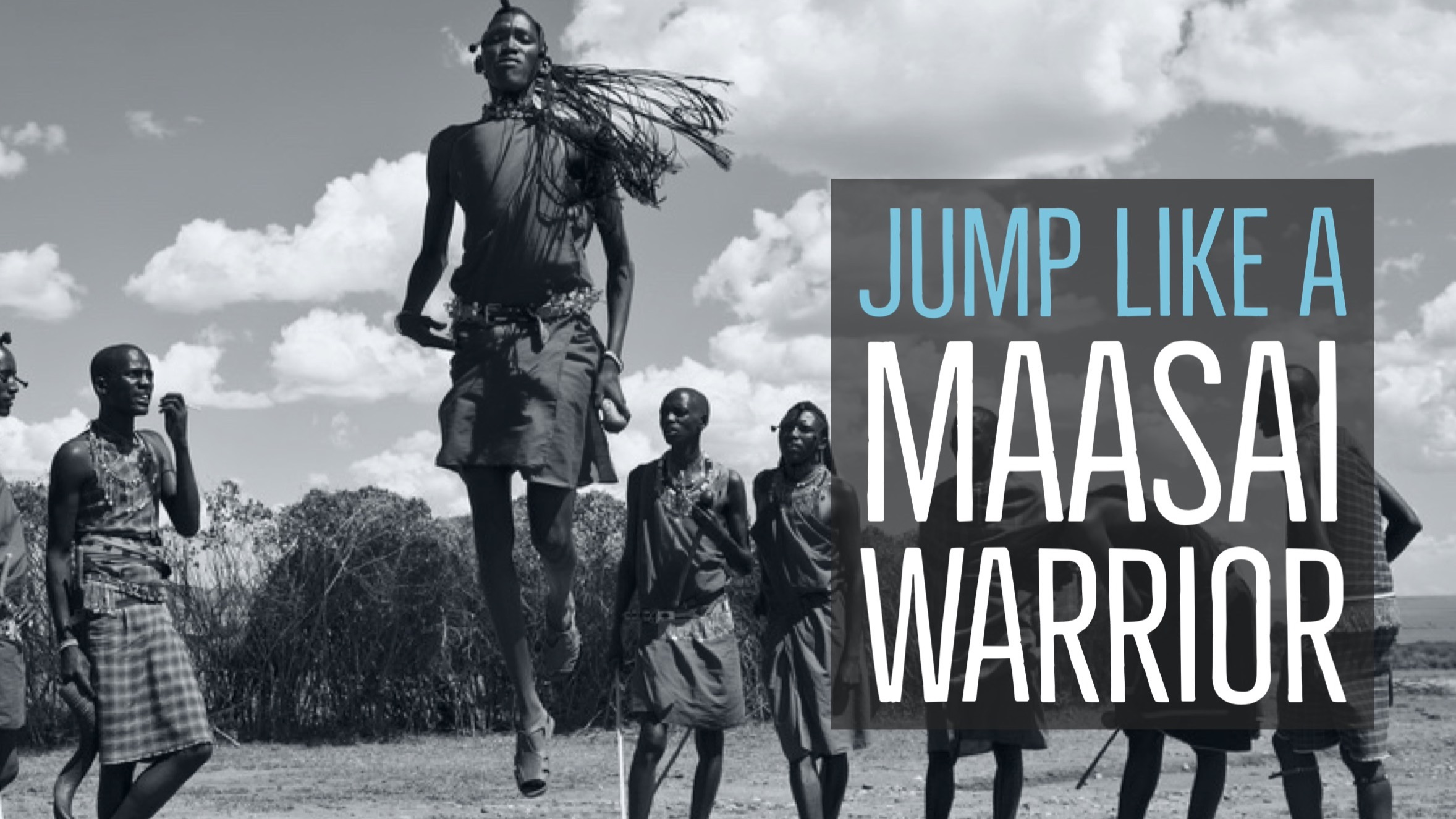
Jump Like a Maasai Warrior: The Secrets Behind Their Incredible Leaping Ability
Direct Answer: The Maasai warriors’ legendary vertical jumps are the result of unique cultural rituals, biomechanical efficiency, and lifelong plyometric practice. Their technique—minimal knee bend, explosive calf and Achilles action, and rhythmic repetition—offers powerful lessons for any athlete looking to jump higher, move better, and build resilient lower-body power12.
Why Do the Maasai Jump? The Heart of Adumu
The Adumu, or “warrior jumping dance,” is more than a show of athleticism. It’s a rite of passage, a celebration of bravery, and a symbol of Maasai identity. Young warriors (morans) perform these vertical leaps during coming-of-age ceremonies, community gatherings, and even friendly competitions3. The goal? To display strength, endurance, and unity—not just height.
“In the Adumu, the spirit of the warrior lifts off the ground. It’s not just about height—it’s about heart.” — Maasai Elder
The Science: What Makes Maasai Jumps Special?
- Minimal Knee Flexion: Unlike deep squats or box jumps, Maasai leaps are performed with nearly straight legs, relying on rapid, elastic power from the calves and Achilles tendon12.
- Stretch-Shortening Cycle (SSC): Their jumps are a textbook example of SSC—muscles and tendons rapidly stretch, then contract, creating a spring-like, energy-efficient explosion upward45.
- Longer Legs, Compliant Tendons: Studies show Maasai have longer legs relative to height and more compliant (stretchy) Achilles tendons, helping store and release energy with each jump12.
- Rhythm Over Raw Height: During ceremonies, the focus is on rhythm and endurance, not just maximum jump height6.
- Lifelong Practice: From childhood, Maasai practice jumping over obstacles, developing balance, coordination, and leg strength through repetition7.
How Can You Train Like a Maasai?
- Plyometrics with Precision
- Depth Jumps: Train the SSC by stepping off a box and exploding upward.
- Box Jumps: Focus on quick, elastic takeoff—minimal knee bend, land softly.
- Maasai Hops: Try a series of quick, vertical hops with straight legs and minimal ground contact8.
- Strengthen Calves & Achilles
- Calf Raises (3x15 reps)
- Jump Rope (2-3 minutes for rhythm and endurance)
- Master Your Form
- Jump tall, keep your core tight, and avoid flailing arms.
- Land softly on the balls of your feet to reduce impact.
- Train Consistently
- Start with basic jumps, progress gradually, and listen to your body.
- Feel the Rhythm
- Use music or a metronome to practice rhythmic, controlled jumps—just like the Maasai.
Sample Maasai-Inspired Jump Routine
- Warm-Up: Jog 5 min + dynamic lower-body stretching
- Plyometrics (2-3 sets):
- Box Jumps (8-10 reps)
- Depth Jumps (5-6 reps)
- Single-Leg Bounds (20 meters)
- Lower Leg Work:
- Calf Raises (3x15)
- Jump Rope (2-3 mins)
- SSC Movement: Vertical Jumps with Minimal Knee Flexion (10 reps)
- Cool Down: Stretch calves, hamstrings, and hips
FAQ: Maasai Jumping & Athletic Training
Do Maasai have a genetic advantage for jumping?
While Maasai have some unique muscle-tendon features, their jumping ability is mostly due to technique, rhythm, and lifelong practice—not genetics alone12.
Can I train the stretch-shortening cycle without jumping high?
Yes! Focus on quick, elastic plyometric drills with minimal ground contact—height is less important than speed and rhythm4.
Is jumping every day safe?
Only if you use proper form, progress gradually, and recover well. Listen to your body and avoid overtraining9.
What’s the biggest mistake in jump training?
Using too much knee bend or focusing only on height. The Maasai show that rhythm, precision, and calf/Achilles power are key10.
How can I make my jumps more “Maasai-like”?
Jump tall, use minimal knee bend, land softly, and train with rhythm. Try Maasai hops and add them to your warm-up or plyo routine8.
Reflection: Your Turn
- Which Maasai-inspired tip will you try first?
- How could rhythm and precision improve your jumping or athletic performance?
- What’s your biggest challenge with plyometric training?
Share your thoughts in the comments below, or tag @coreybeasley on Instagram—let’s see your best jump!
Further Reading & Resources
- Building Better Habits: The Athlete’s Guide
- Maasai Academy: Athletic Training
- Jumping Performance and Muscle–Tendon Characteristics of Maasai Men (Scientific Reports, 2025)
- The Science Behind Maasai Jumping
- Maasai Plyometric Jump Training (YouTube)
- Scientific Reports. (2025). Jumping performance and muscle–tendon characteristics of Maasai men of East Africa.
- The PFC Club. (2025). The Science Behind Maasai Jumping: What Makes Them So Unique?.
- MoMAA. (2024). Adumu (Jumping Dance).
- Wild Hunt Conditioning. (2025). Maasai Plyometric Jump Training.
- The Movement System. (2022). How the Stretch Shortening Cycle Works.
- PubMed. (2022). Jumping is not just about height: Biosocial becomings as performance.
- Maasai Academy. (2024). Athletics Training.
- YouTube. (2025). Watch this to jump HIGHER.
- Mass General Sports Medicine. (2025). Jump and Plyometric Training Progression.
- YouTube. (2022). Here's How the Stretch Shortening Cycle Works.




